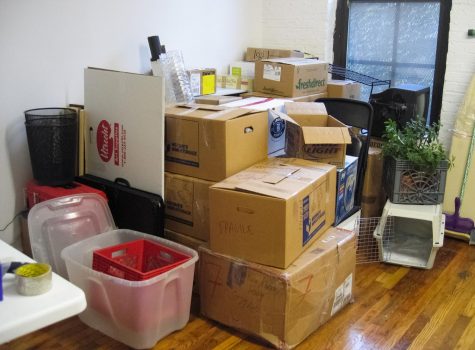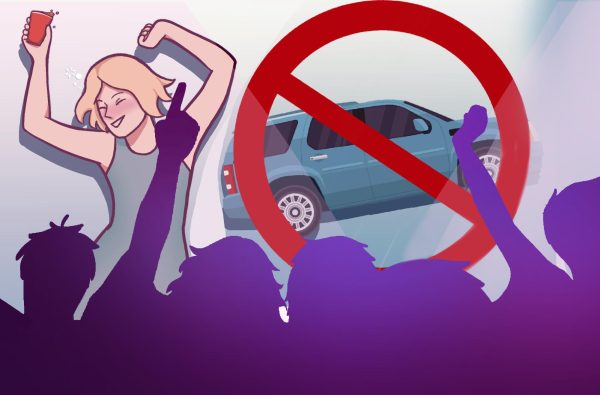Staying safe on the slopes
January 20, 2015
The crispness of the air, smoothness of the snow and the promise of hot chocolate gives way to a wonderful day on the slopes—until the board hits a bump and sends its rider flying.
With winter comes many changes, and for the athletes it means putting away the swimsuits and football helmets and taking out the ice skates and skis. Or, should it suit your fancy, the snowboards.
Whether choosing snowboarding or skiing, both have the potential to be dangerous if certain safety precautions aren’t taken.
Unless you enjoy freezing to death, remember to dress in layers when up on the mountain. According to the National Ski Areas Association (NSAA), the clothing against the skin should be comfortable, absorb sweat and keep in the heat.
I always wore at least two layers of clothing under my ski pants and jacket when snowboarding. It’s easier to take off layers than to have to put more on. Your outer layers should be water and wind resistant.
The cuffs of the jacket should be able to fit snuggly with the gloves or mittens on top. Headgear is equally important, as 60 percent of heat loss is through the head, according to the NSAA. Along with a hat, helmets are useful in preventing concussions from ice, rocks or trees.
Odd as it might sound, even sunscreen can be necessary. The slopes stay open as long as there’s adequate snow on the ground, even on the tail end of the winter season when the sun is out.
I’ve made the mistake of not putting on sunscreen while snowboarding on a sunny day. The sunlight reflected off the snow and the bottom half of my face, not covered in goggles, was sunburnt. A few days later, my cheeks were swollen with second-degree sunburns. It was not fun.
Check your equipment. Bindings should be adjusted at a local ski shop where there are professionals with experience and the right tools. For better control, I’ve found that it helps to keep your boots tied snugly and the bindings tight around the boots. Though uncomfortable for a moment, it’ll pay off in the long run.
Once you’ve finished preparing for the slopes, it’s time to stay safe while on them.
First-timers are recommended to take a lesson and should remember that the key to successful skiing/snowboarding is control. The NSAA advises you to be aware of everything around you, including your technique, other boarders/skiers and snow conditions. It requires mental and physical presence.
Take it slow if you’re uncertain, and if the fatigue sets in then set aside the board and take a break. Know your limits and pay attention to the signs around you. The runs are labeled with the various difficulties, so don’t go on a triple black diamond if a blue square gives you trouble. My first time on the moguls I side-slid the entire way.
That being said, sometimes falling is a part of the learning experience. I’ve crashed face-first into the snow too many times to count, but I kept going. Still, I haven’t mustered enough bravery to do any of the jumps or rails. I leave that to my brother.
As with any sport, stay hydrated. Drink plenty of water and treat yourself to a hot chocolate or coffee when the cold starts getting to you. The NSAA suggests curbing alcohol consumption, as skiing and snowboarding won’t work well when mixed with alcohol and drugs.
Knowing how to use the lifts holds just as much importance. The shallow slope and landing pad getting off the lift can be especially icy, so be prepared to get off when it’s time, and position yourself to glide smoothly off the chair. Lack of caution can result in stalls or slipping on the ice and hitting your head.
Listen to the employees handling the lift—they’re there to prevent injury, not to harp on you. It’s also probably not a good idea to rock the chair as you ride to the top. I’ve found that some of the chair lifts don’t have belts or bars to keep you in place, but it’s still plenty high up to cause injury.
One of the most important things to keep in mind is to remember to have fun. There is such a thing as being safe and having a great time shredding the powder.




















